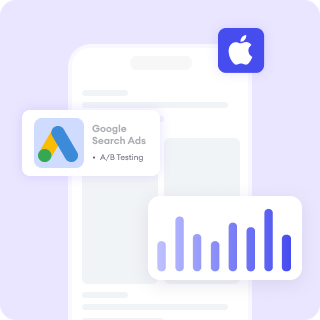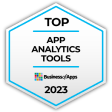What Is Lead Scoring?
Lead Scoring is a method of ranking potential customers based on their likelihood to convert. It assigns numerical values to leads based on demographics, behavior, and engagement levels to prioritize high-quality prospects.Learn more: What Is Conversion Tracking?
Learn more: How To Set Up Conversion Tracking For Paid Ads
The Importance Of Lead Scoring
- Enhances Sales Efficiency: Helps teams focus on the most promising leads.
- Improves Conversion Rates: Prioritizing high-score leads increases sales success.
- Aligns Marketing & Sales: Ensures both teams target the right audience.
Types of Lead Scoring
- Explicit Lead Scoring - Based on firmographics (company size, industry) and demographic data.
- Implicit Lead Scoring - Based on user behavior (website visits, email opens, content downloads).
- Predictive Lead Scoring - Uses AI and machine learning to score leads based on historical data.
Examples Of Lead Scoring
A lead scoring system for a SaaS company may assign points as follows:+10 points: Downloaded a whitepaper.
+20 points: Requested a product demo.
-10 points: Unsubscribed from emails.
+50 points: Matches ICP criteria (e.g., company size & industry).
Best Practices For Lead Scoring
- Set a Clear Scoring Threshold: Define what qualifies as a marketing-qualified lead (MQL) and sales-qualified lead (SQL).
- Use Automation: CRM tools like HubSpot, Marketo, or Salesforce can automate lead scoring.
- Refine & Test Regularly: Adjust scoring based on conversion trends.
Key Aspects Of Lead Scoring
- Data Collection & Analysis - Use website analytics, CRM insights, and behavioral tracking.
- Scoring Criteria Definition - Assign weights to different engagement actions and demographic factors.
- Integration with CRM & Marketing Tools - Ensure lead scores are automatically updated and accessible to sales teams.
- Ongoing Optimization & Feedback Loop - Continuously adjust the scoring model based on performance data.
Challenges For Lead Scoring
- Too simplistic models may misidentify high-value leads.
- Scoring biases can exclude promising leads with atypical behaviors.
Relevant Metrics
- Lead-to-Customer Conversion Rate: Measures how well scored leads turn into customers.
- Sales Velocity: Tracks how quickly high-score leads move through the pipeline.
- Lead Engagement Scores: Assesses interest based on activity level.







